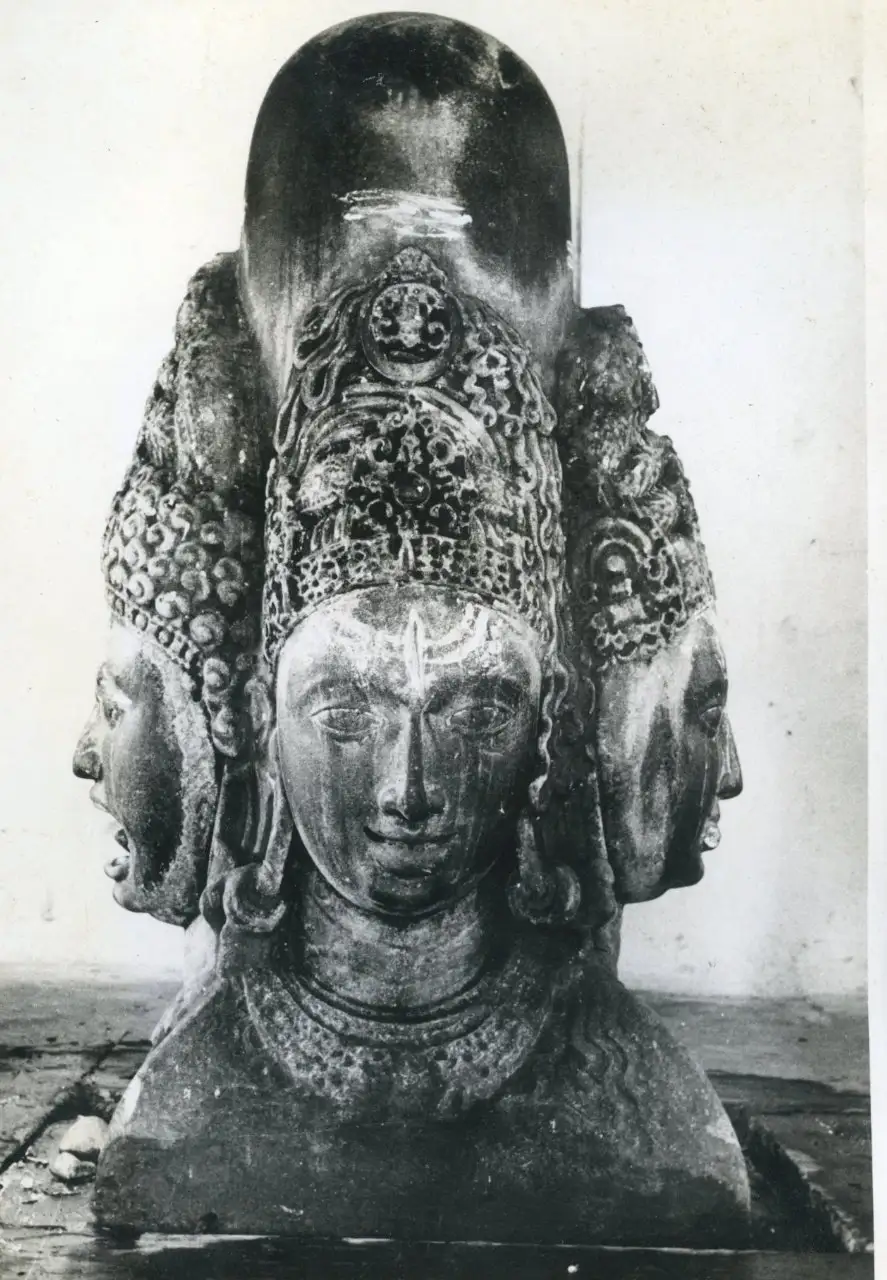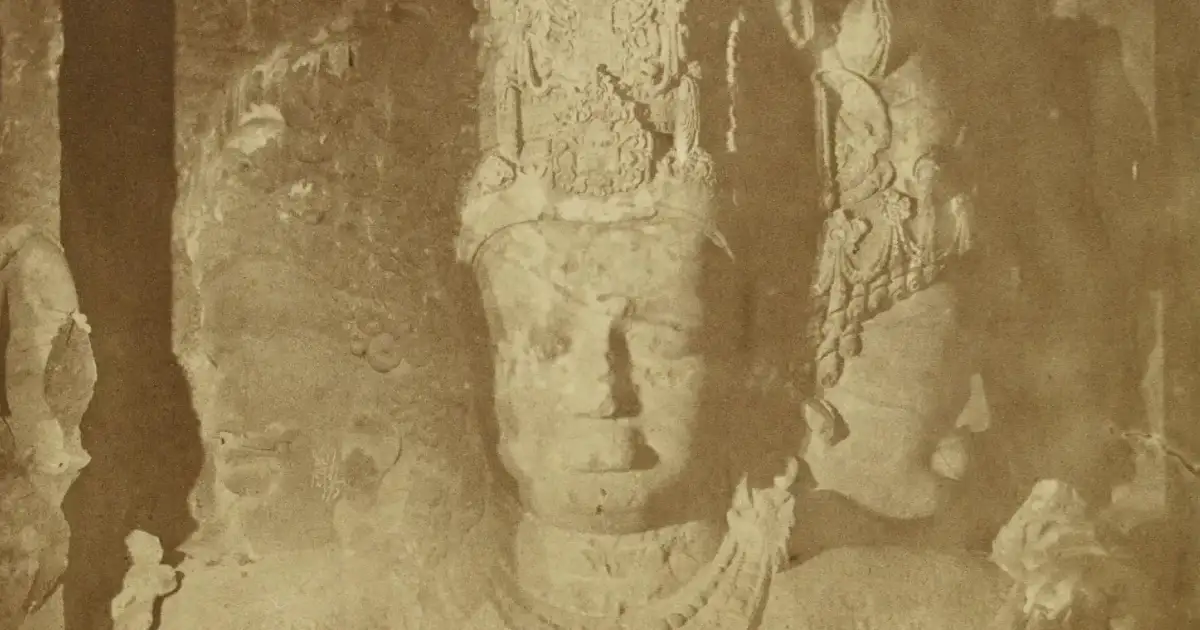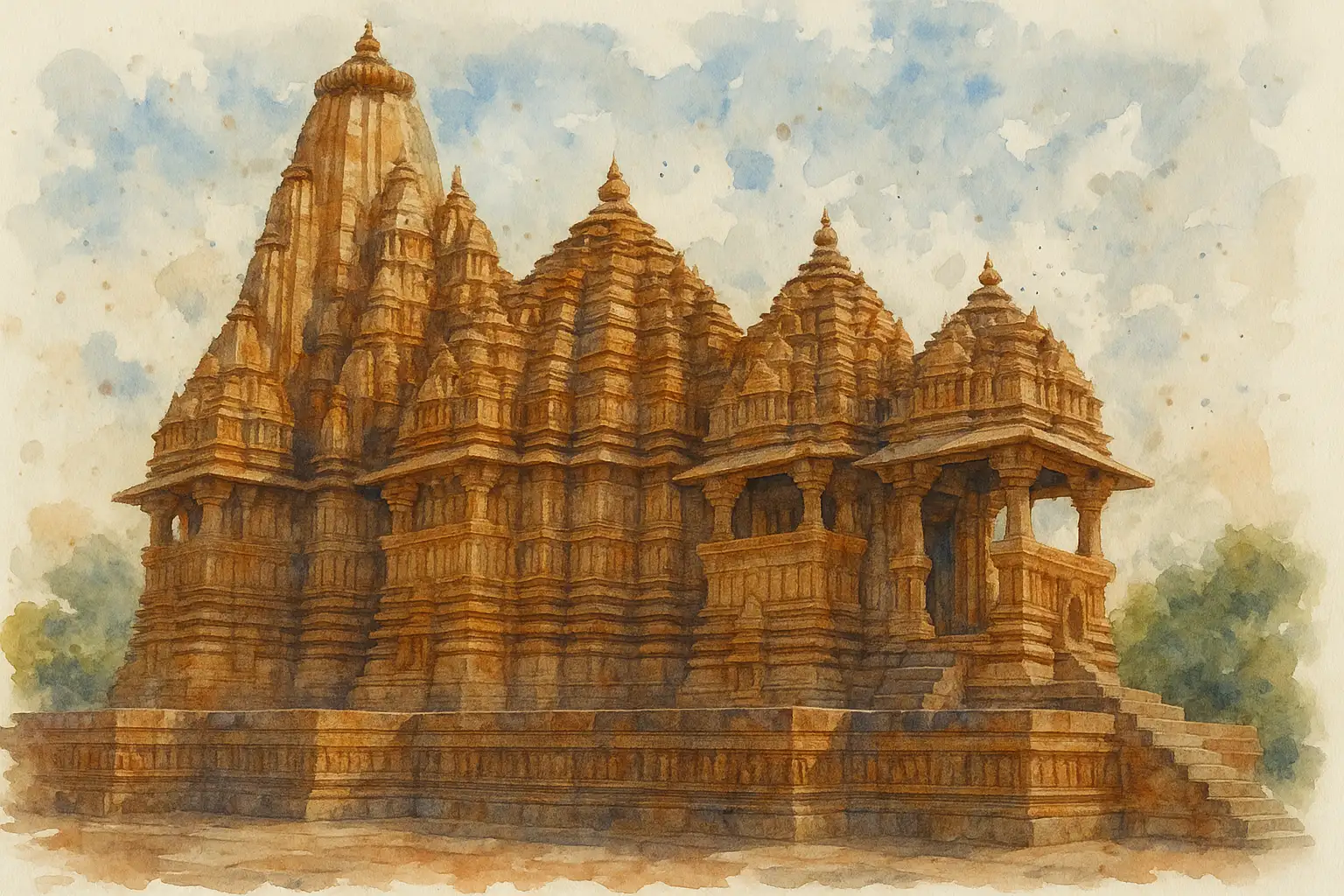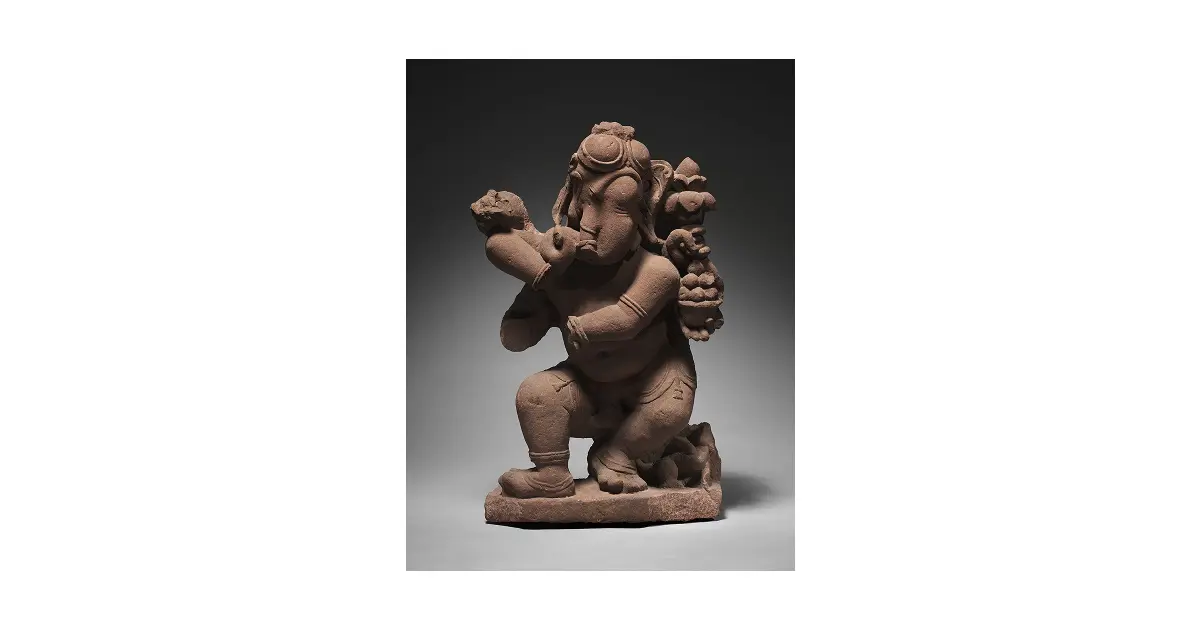Caturmukha liṅga in the sanctum of Chaumukha Mahadeo Temple, Nachna Madhya Pradesh. Archaeological Survey of India.
In the broad and complex landscape of Hindu religious symbolism, few icons evoke the depth of metaphysical meaning, ritual potency, and aesthetic significance as the liṅga of Śiva. Etymologically rooted in the Sanskrit word liṅga, meaning “sign,” the Śiva liṅga traverses a spectrum of interpretations—from the subtle metaphysical principle (liṅga śarīra) to the concrete phallic form, and ultimately to the cosmic principle itself, prakṛti or pradhāna. One of the most profound and visually arresting iterations of this icon is the mukhaliṅga—a liṅga adorned with the anthropomorphic face or faces of Śiva. The mukhaliṅga stands at the intersection of abstraction and embodiment, offering a composite vision that integrates the metaphysical with the manifest.
The Liṅga Purāṇa (LP) presents Śiva’s liṅga as encompassing three primary significations: as liṅga, as a phallus, and as a cosmic substance—prakṛti, the subtle matter constituting Śiva’s liṅga śarīra or subtle body (LP 1.20.70). The Śvetāśvatara Upaniṣad introduces this idea by stating that the supreme Lord has no liṅga, meaning he is beyond characteristics and transcends all signs (ŚU. 6.9). Yet paradoxically, Śiva is signified by the liṅga—the “sign” that points toward the imperceptible and yet is real.







